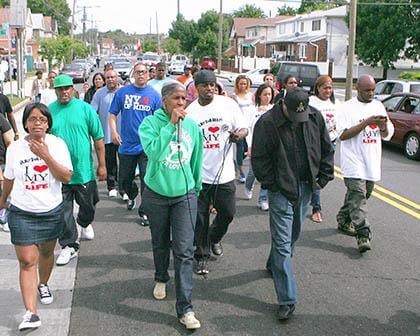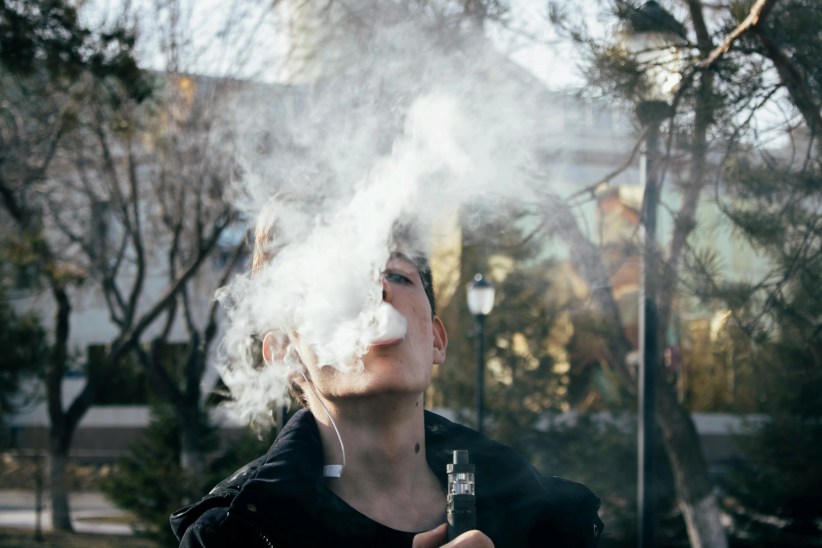By antonia morales
After a series of shootings and a rise in senseless violence in southeast Queens, representatives from different antiviolence organizations and members of the community came to a special CB 12 meeting at York College Friday to give their views on how to combat the growing problem.
Adoja Gzifa, chairwoman of Community Board 12, began the meeting by introducing the issue and setting goals.
“We have to ask ourselves the tough questions as to why there is so much youth violence and actually be willing to be honest with the answer,” Gzifa said.
While violence is a problem at any age, the meeting was geared more toward stopping youth violence. Gzifa cited several instances where children were committing or planning to commit acts of violence – some as young as third-grade students.
“Our youths stand a one-in-four chance of being a victim of some form of violence before reaching high school,” she said.
But as Gzifa said, what is more upsetting than the violence is the lack of outrage and what little is being done. CB 12 covers Jamaica.
“What we need to do is analyze root causes and investigate solutions,” she said. “We have to focus on putting a stop to it in the first place.”
Erica Ford, founder and president of Life Camp Inc., was the first presenter at the meeting. Life Camp tries to get people in the community involved and reaches out to both children and parents. The group designed a white flag that symbolizes peace, which is meant to be flown at places that are “neutral zones” where people can feel safe. While her organization is making some progress, she said it takes more than one person to make a difference.
“We can’t do it by ourselves,” said Ford. “What we do, we do with no money. It takes collective work.”
Other members of the community agreed.
“It takes networking,” said Jasbir Singh, a youth leadership coordinator from the Friends of Island Academy which is an organization that helps rehabilitate people who have been incarcerated. “Not just one organization or one person should be relied on.”
Another presenter at the meeting was Leroy Gadsen, president of the Jamaica branch of the NAACP, who spoke about the rise in female violence and how people were afraid to address the real problem that is “black-on-black” violence.
“As a race of people, we do some horrible things to each other,” said Gadsen. “We have to give our young people an alternative to a life of violence.”
The meeting’s agenda also called for strategic planning.
“When we leave here today, we have to be on the same page,” said Gzifa.
Some of the suggestions included the proposal of a gun buy-back program, a mentoring program, working to improve schools and teaching parents to stay involved in their child’s life.
Deputy Inspector Charles McEvoy of the 103rd Precinct discussed earlier shootings, such as the June 1 incident in which four people were shot. He wanted the public to know the police were working hard to solve past crimes and prevent future ones as well.
“The 103 detective squad is working very vigilantly,” said McEvoy. “Now we’re moving forward and we’re trying to apprehend individuals who were responsible. The men and women of the 103 are aware of their focus. I am happy with the quality of enforcement at the precinct. Sure, there’s still plenty of room to do better work.”
While many people had ideas about programs that could be implemented, many of these programs need funding, which the community knows they will have a problem receiving.
“Not that money solves the problem, but it sure helps,” Gadsen said.
Gzifa concluded the meeting by showing respect to those in attendance whose children were taken by violence. Having lost her child 15 years ago, she could identify with their pain and anger.
“I express my deepest sympathy to all the parents who have lost a child,” she said.


































